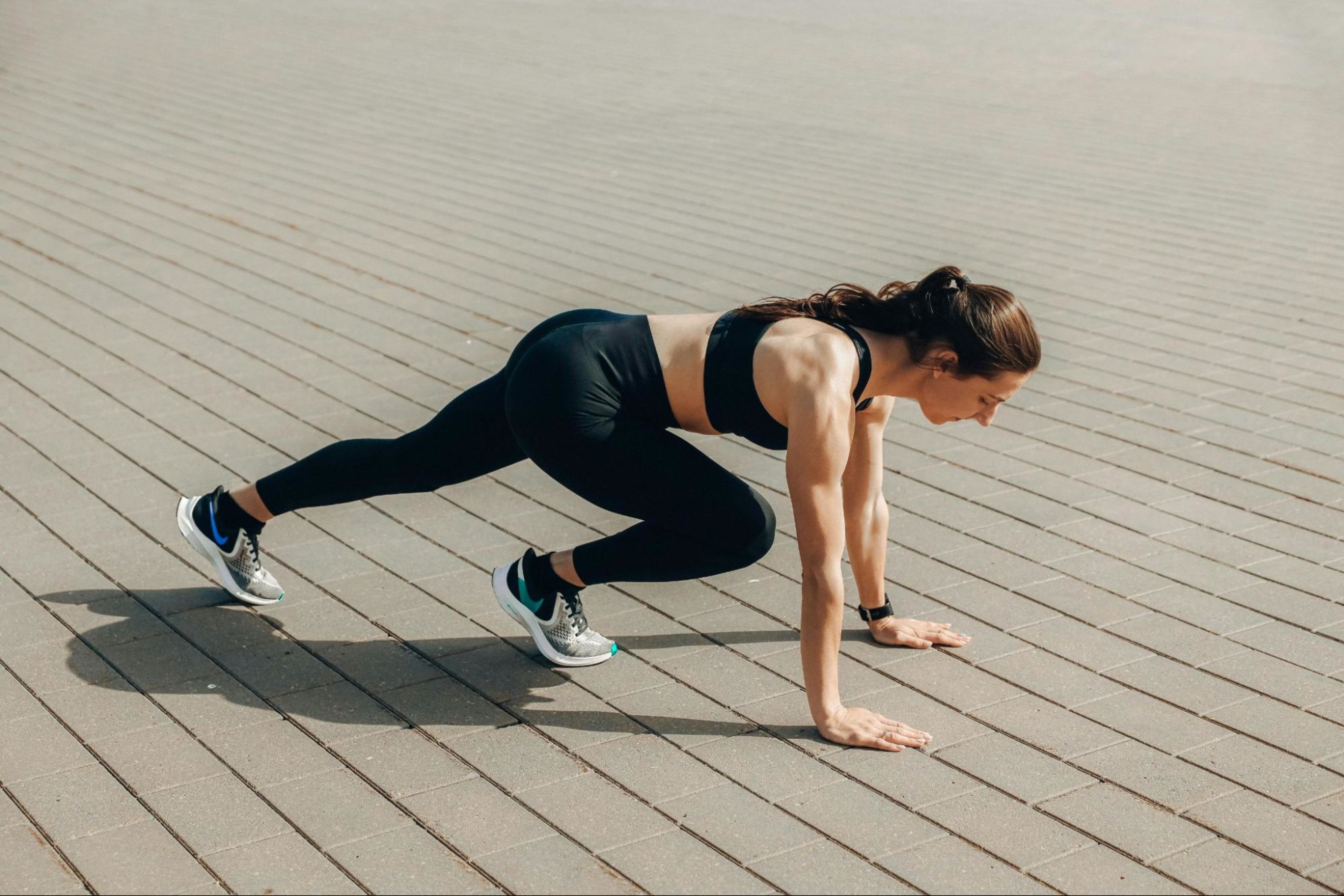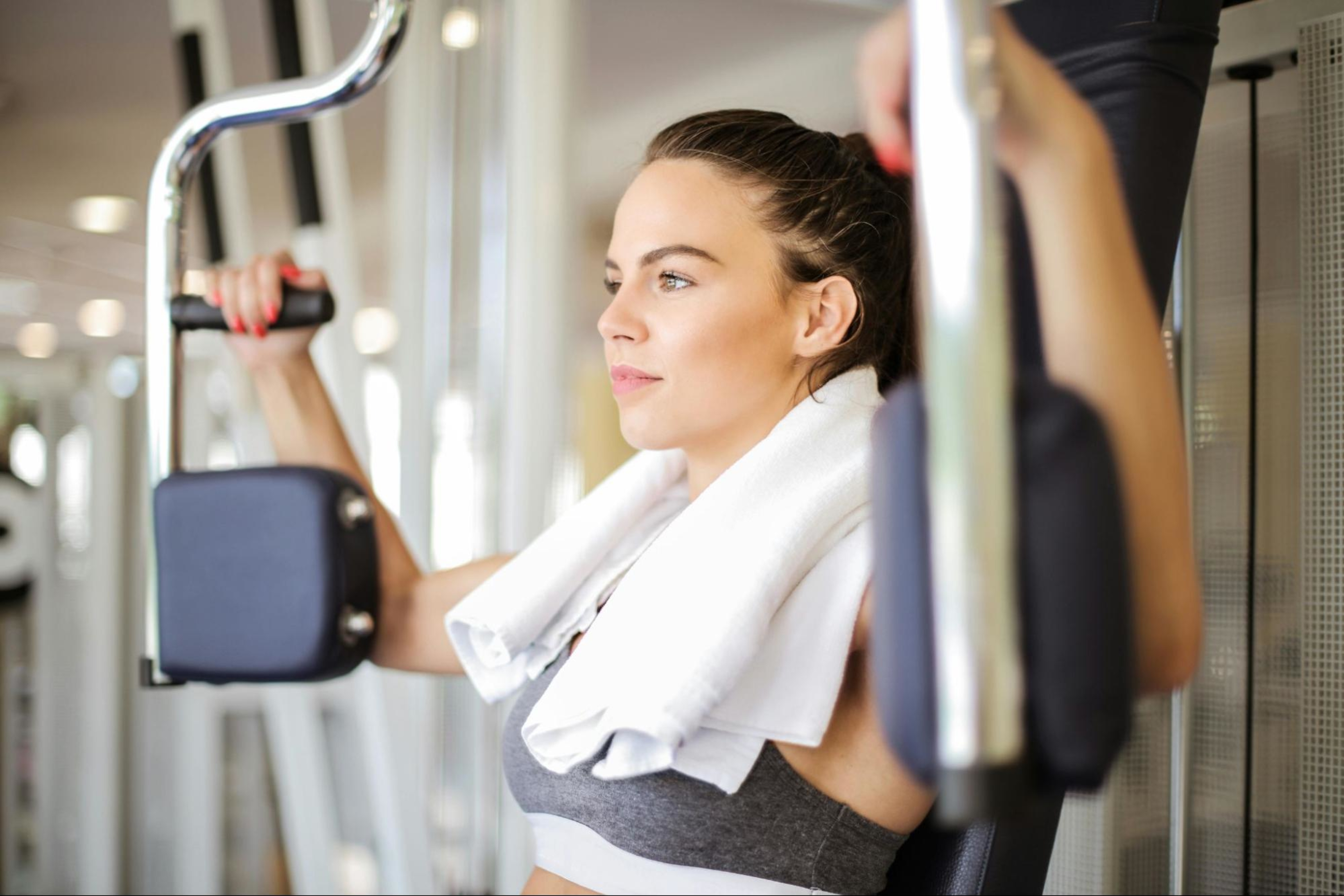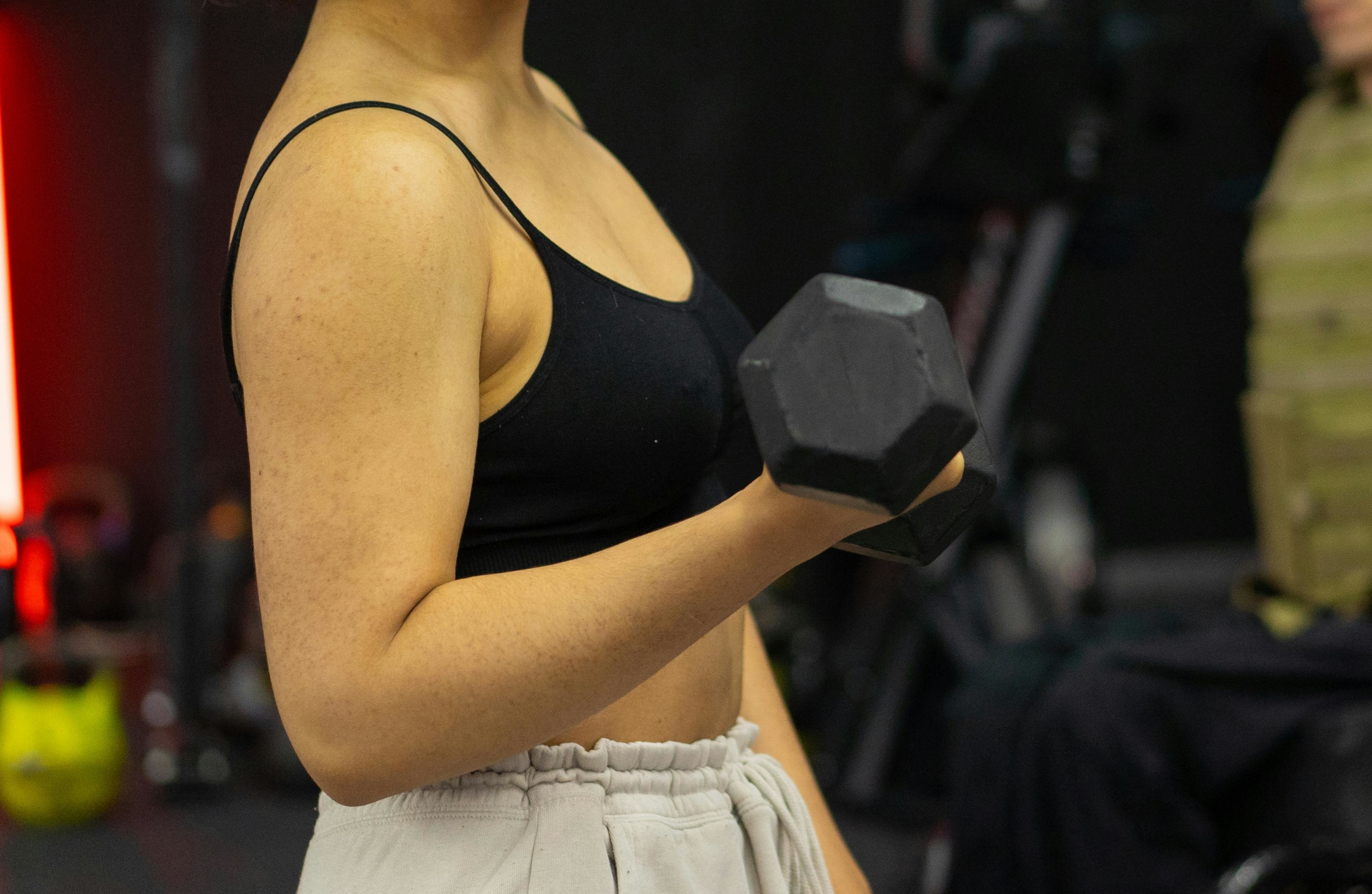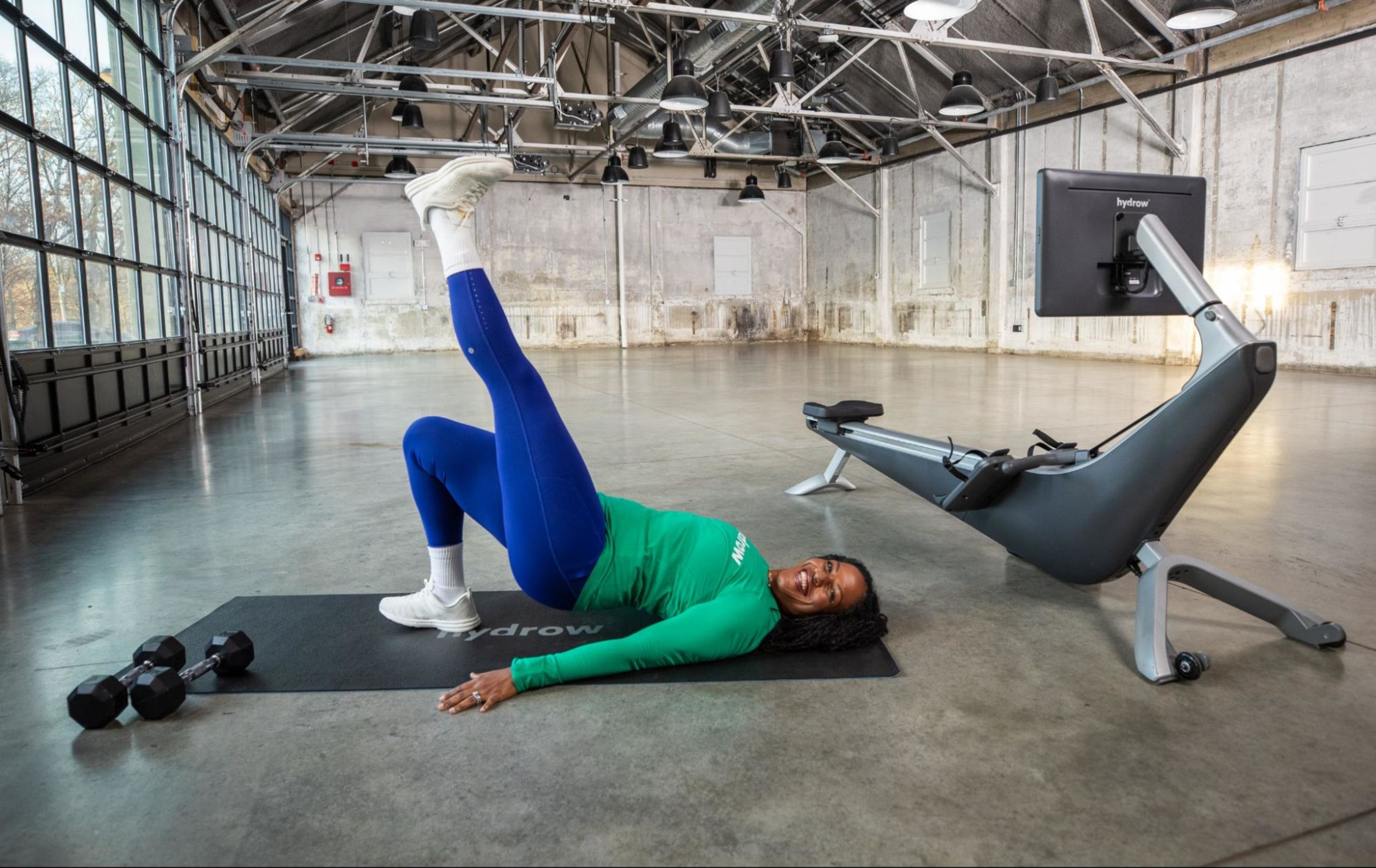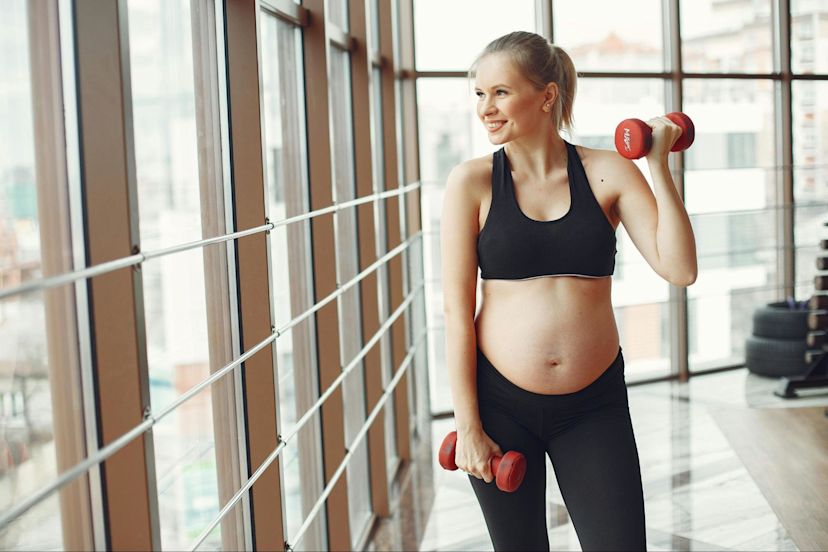Postpartum Strength Training: When and How to Start Safely

Right after giving birth, it’s completely normal to feel vulnerable—physically, mentally, and emotionally. As joyful as it is to finally hold your baby, it can also feel overwhelming to adjust to everything that’s suddenly changed.
In these moments, searching for ways to feel capable and in control, many women yearn to feel strong in their bodies again and to feel connected to their muscles and physicality in ways they didn’t while pregnant.
At the same time, the idea of postpartum strength training can feel intimidating. You might be wondering: When can I start? How do I start? That’s exactly what we’ll walk through together in this blog, covering:
When can you start strength training postpartum?
Having a baby, whether through a vaginal delivery or a Cesarean section, is a traumatic experience on the body. As such, it’s critical that you give your body enough time to heal before putting it through too much stress, even in the form of a thoughtful postpartum strength training plan.
In general, you should never begin exercising after giving birth until your doctor or healthcare provider has given you the go-ahead. This typically comes around six to eight weeks postpartum, but every person and every labor and delivery experience is different. Always listen to your provider, who will be able to tell you exactly what your body needs and when it is safe to begin an exercise program.

Explore Hydrow’s library of 5,000+ rowing, circuit training, yoga, Pilates, and mobility workouts.
Why strength training postpartum is important
There are many reasons why a postpartum strength training program can be beneficial for new mothers. Benefits include:
Realigning your posture
Pregnancy shifts everything—literally. Carrying a baby puts extra pressure on your spine and can throw off your posture. Strength training helps bring your body back into alignment so you can move (and stand tall) with less pain. Once your baby is born, a postpartum strength training routine that focuses on strengthening the core to realign the spine will help you avoid problems like lower-back pain.
Rebuilding full-body strength
The strain and energy it takes to grow a baby takes a toll on even the strongest women in ways that are impossible to prepare for. You can end up feeling disconnected from and unfamiliar with your physical body in strange and specific ways.
But strength training postpartum is the perfect opportunity to reconnect with your physicality and your muscles while also making them stronger than ever. And of course, stronger muscles can also support a healthy metabolism, which may help you feel more energized and confident in your body as it changes.
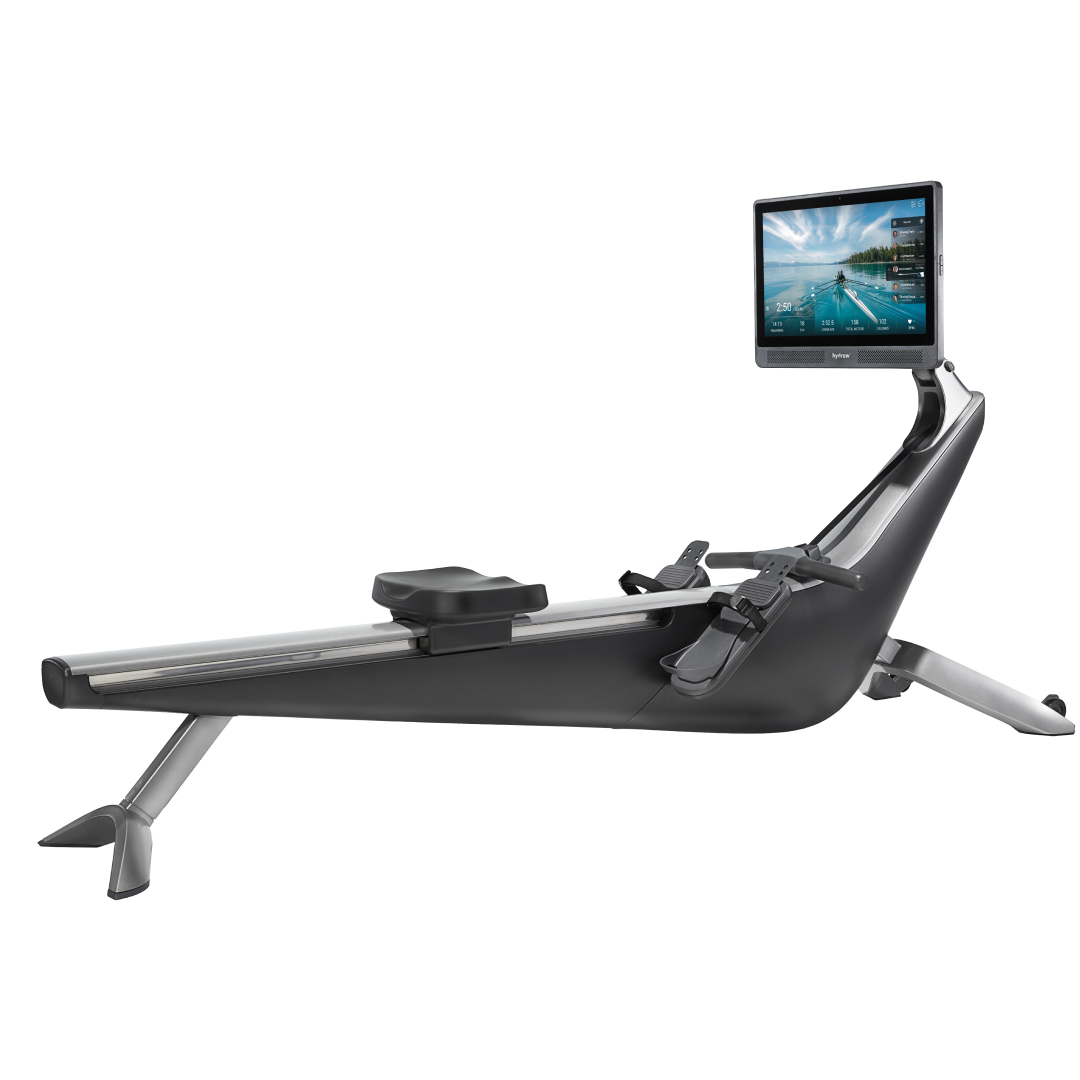
Cardio and strength, combined
Burn calories and build muscle with steady, natural movements.
Increasing energy and improving sleep
More energy and better sleep are both benefits that anyone can get from strength training. However, they are especially important for new moms who are trying to eke out sleep in between nighttime feedings and then be awake and energized enough during the day to feel like a real, functioning person.
Preparing you for parenthood
Once you have a baby, gone are the days of grabbing your purse on the way out the door. Now, it’s rare you’ll go anywhere without a diaper bag, car seat, and growing baby in tow—which means you’ll need the functional strength to support this new lifestyle.
Not only does that include muscles strong enough to lift and carry everything, but it also includes the core strength and stability you need to grab a toy off the floor with one hand while balancing a baby on your hip with the other.
Postpartum strength training plan: Where to begin
When you’re beginning your postpartum strength training plan, the best place to start is with your bodyweight. Even if you were completing strength exercises like squats throughout your pregnancy, you likely lost a bit of muscle during your six-week or more recovery period after having your baby. As such, we suggest starting with basic strength moves using just your bodyweight to make sure that you have proper form and can move through the exercises without any pain.
Also smart: Seeking out a program specifically designed for postpartum mothers to complete in those first few weeks as you’re getting back into things. This way, you don’t have to worry about doing exercises you shouldn’t be doing or any that would place unnecessary stress on parts of your body that were strained during pregnancy and childbirth.
How to stay safe when strength training postpartum
The most important part of staying safe with postpartum strength training is waiting to begin until you have the all-clear from your healthcare provider.
Once you have it, the next step is to start slowly. Even if you were lifting heavy weights or doing complicated, compound exercises before your pregnancy, it’s a good idea to go back to basics when you are returning to strength training after giving birth. Focus on simple movements with no weight or light weights that don’t put any extra stress on your core, pelvic floor, or lower back.
Most importantly, listen to your body. It’s been through something incredible and intense—give it the respect it deserves by easing back in with patience.
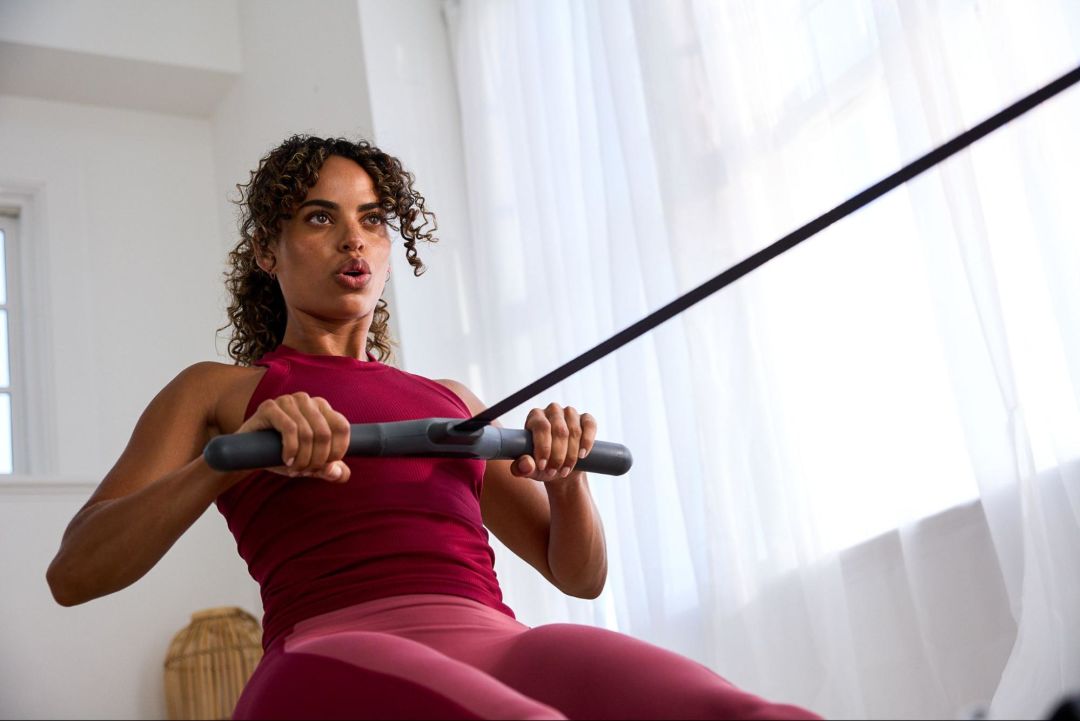
Efficiency for the win.
Work 86% of your muscles in just 20 minutes of rowing with Hydrow.
A sample postpartum strength training routine
Once you’ve been cleared by your healthcare provider to start exercising again, you’ll want to emphasize strength training moves that focus on helping you rebuild the muscles of your core and lower body while promoting strong posture and spinal alignment. Here are 10 exercises we recommend:
1. Wall sits
Stand with your back against the wall, feet about two feet away from the wall and hip-width apart.
Slide down the wall until your knees are bent at a 90-degree angle, thighs parallel to the floor.
Hold this position, keeping your back flat against the wall and core engaged.
Start by holding for 15 seconds, then increase your time to 30 and 60 seconds as you grow stronger.
2. Glute bridges
Start lying down on your back on a mat or other cushioned surface.
Bend your knees and plant your feet about six inches from your butt. Your arms can be flat by your sides.
Engage your core by tilting your pelvis slightly forward.
Press through your heels to lift your hips until your body forms a diagonal line from your knees to your hips to your shoulders. Pause here briefly.
Slowly and with control, lower your hips back down.
Continue for 10 reps.
3. Dead bugs
Lie on your back with knees bent at 90 degrees and arms straight up.
Lower left arm and right leg until just above the floor while maintaining tight abs.
Return to start and repeat with opposite arm and leg.
Repeat for 10 reps, alternating sides.

Low-impact, high reward.
Build lasting strength on a rower designed to protect your joints.
4. Bird dogs
Start on hands and knees with head and neck in a neutral position.
Lift your left arm and right leg, keeping your shoulders and hips parallel to the floor.
Lower and repeat with the other arm and leg for 10 reps on each side.
5. Forearm planks
Lower yourself to your knees and place your hands on the floor in front of you in line with your shoulders.
Step your legs behind you.
Hold your body in a straight line on your elbows and toes.
Engage your core by concentrating on pulling your navel toward your spine.
Hold this position for 15 seconds.
6. Squats
Stand with your feet slightly wider than shoulder-width apart.
Lower your body by bending or hinging at the hips and knees, keeping your chest up.
Descend until your thighs are parallel to the ground while maintaining an engaged core
Push through the soles of your feet with an emphasis on driving through the heels as you return to the starting position.
Repeat for 10 reps.
7. Split squats
Step one foot forward, one foot back.
Keep your torso upright and core engaged.
Lower until your back knee nearly touches the floor.
Push through your front heel to stand.
Repeat for 10 reps, then switch legs.
8. Alternating overhead presses
Start standing tall or seated with your feet shoulder-width apart, holding a dumbbell in each hand at shoulder height, palms facing away from you.
Press one dumbbell overhead without locking out your elbow, while keeping the other at shoulder height.
Lower the weight with control, then press the other dumbbell.
Continue alternating sides for 10 reps.

Did you know?
Over 90% of Hydrow members are still active one year later.
9. Romanian deadlifts
With an overhand or mixed grip, hold a barbell or dumbbells in front of you with a slight bend in your knees.
Hinge or “lift” at the hips, lowering the weight while keeping your black flat.
Engage your hamstrings and glutes to return to standing position.
Repeat for 10 reps.
10. Clamshells
Start lying on your side with your knees bent at 90 degrees, legs stacked, and head supported. Keep your feet together and your core engaged.
Lift your top knee as high as you can without moving your hips or separating your feet.
Pause, then lower your knee back down with control.
Continue 10 reps, then switch sides.
How to progress with your postpartum strength training program
Once you’re able to complete the above routine twice through with your bodyweight without feeling any pain or strain beyond the feel of your muscles working, you can start to progress it. Consider adding light weights and keeping the rep count the same or continuing with your bodyweight and adding on repetitions. You should be sticking with these simple movements for at least a few weeks to ensure that you’re using proper form and that you aren’t straining your body too much.
From there, it’s all about how you feel and what you’re working toward. Some moms aim to return to pre-pregnancy workouts, while others discover new goals. Both paths are worth celebrating.
Staying strong and powerful in motherhood
Strength training as a new mom isn’t just about fitness—it’s about reclaiming your strength, carving out time for yourself, and preparing for the daily challenges of motherhood. Approach it with care and patience, and it can be one of the most empowering parts of your postpartum journey.
In order to get the most perks, it’s key that you approach strength training with care and patience. If you’re looking for more guidance on strength training postpartum, Hydrow offers guided strength training workouts for every fitness level, all led by world-class Athletes who coach you through each movement and help you stay consistent. Additionally, our rowing workouts target 86% of your muscles with every stroke, delivering full-body training and real results.
Explore Hydrow’s strength workouts and see how far you can go.
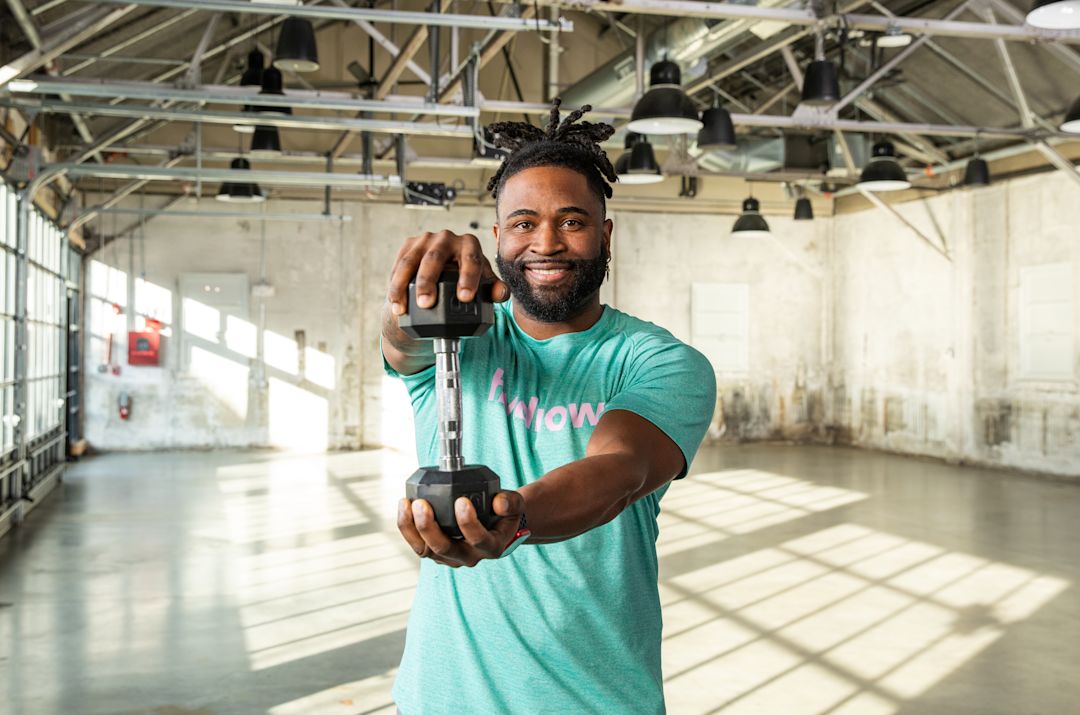
Explore Hydrow's library of strength training workouts.


